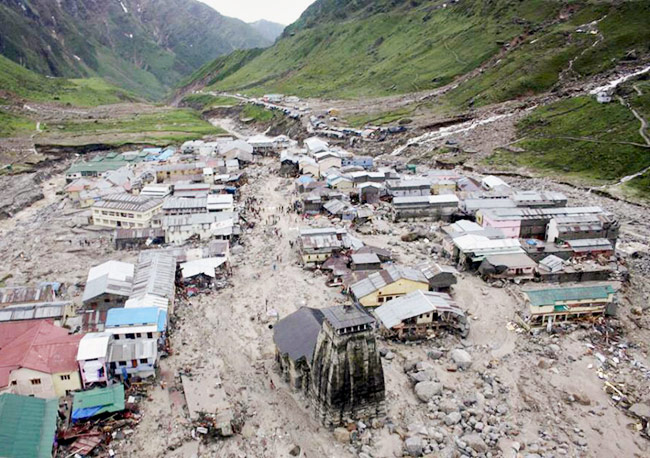Countries in Asia and the Pacific must build resilience to natural hazards and invest in social protection systems if the region is to achieve the Sustainable Development Goals (SDGs) by 2030, according to a joint report by the United Nations Economic and Social Commission for Asia and the Pacific (ESCAP), the Asian Development Bank (ADB), and the UN Development Programme (UNDP).
The report, titled Transformation towards sustainable and resilient societies in Asia and the Pacific, highlights that to build resilience against recurrent shocks such as flooding, pollution, and commodity price volatility, societies need to focus on four types of resilience capacities—anticipatory, absorptive, adaptive, and transformative.
The report notes that many countries are already beginning to build resilience capacities against various shocks through, for example, setting up early warning systems to anticipate natural disasters, mainstreaming climate change in national planning, and investing in social protection systems to promote income and health security. However, much more needs to be done to identify and implement policy responses that will help strengthen countries’ resilience and transform vulnerable human systems into more sustainable ones.
“Building effective resilience frameworks for the future must be backed by anticipatory, absorptive, adaptive and transformative capacities to deal with the multiple risks we face,” said UN Under-Secretary-General and Executive Secretary of ESCAP Dr. Shamshad Akhtar. “Effectively implemented, this strategic approach will strengthen prevention mechanisms, increase mitigation solutions and offer opportunities for human systems to bounce back.”
Asia and the Pacific has gone through a rapid transformation over the last few decades, with issues like aging, urbanisation, increasing demand for natural resources, globalisation, and technological progress continuing to reshape the region. However, the impacts of these trends often fall disproportionately on the most marginalised groups and communities, according to the report, exacerbated by the fact that Asia and the Pacific is considered one of the most vulnerable regions in the world to various environmental and financial shocks.
For example, over 40 million people in Bangladesh, India, and Nepal were affected by intense monsoon rains in August 2017. Effects of air pollution, meanwhile, have cost the sub-regions of South Asia, Southeast Asia, and the Pacific an estimated 7.5 per cent of regional gross domestic product, while oil price slumps in 2014 brought about severe economic and financial consequences in Central Asia, with Azerbaijan alone experiencing a 3 per cent drop in economic growth.
“We believe that innovation will power dramatic change that can break through the toughest development challenges in the Asia-Pacific region, and transform societies,” said Haoliang Xu, UN Assistant Secretary General and Director of UNDP’s Regional Bureau for Asia and the Pacific. “Such innovations will engage communities in building resilience against risks and promoting sustainability, so that we can end poverty and hunger, and achieve our goal of leaving no one behind.”
Thank you for reading the story until the very end. We appreciate the time you have given us. In addition, your thoughts and inputs will genuinely make a difference to us. Please do drop in a line and help us do better.
Regards,
The CSR Journal Team


